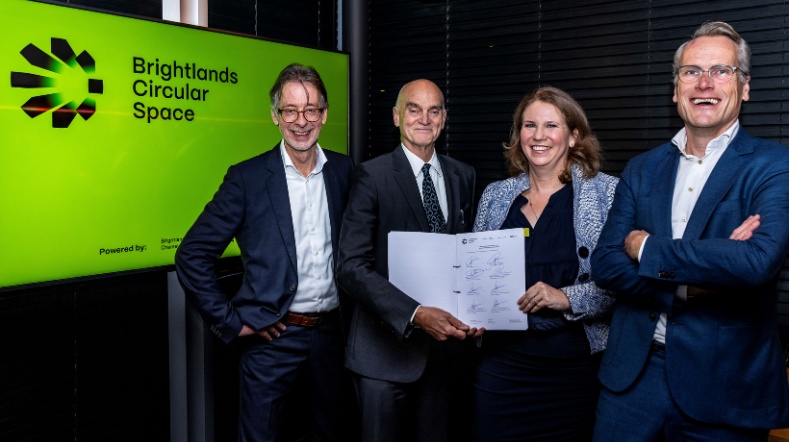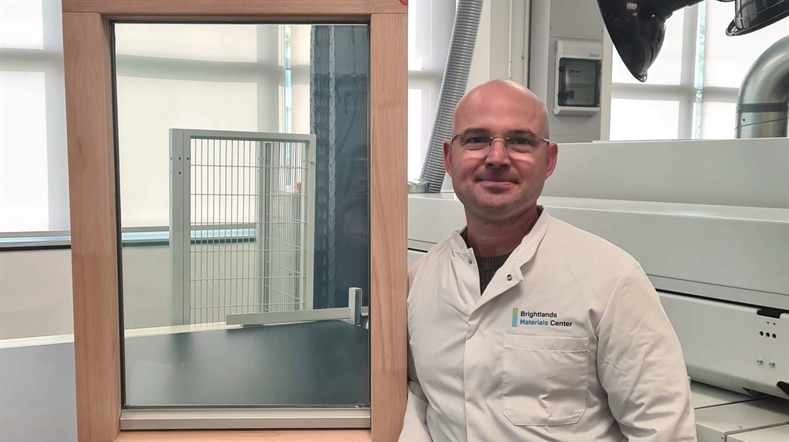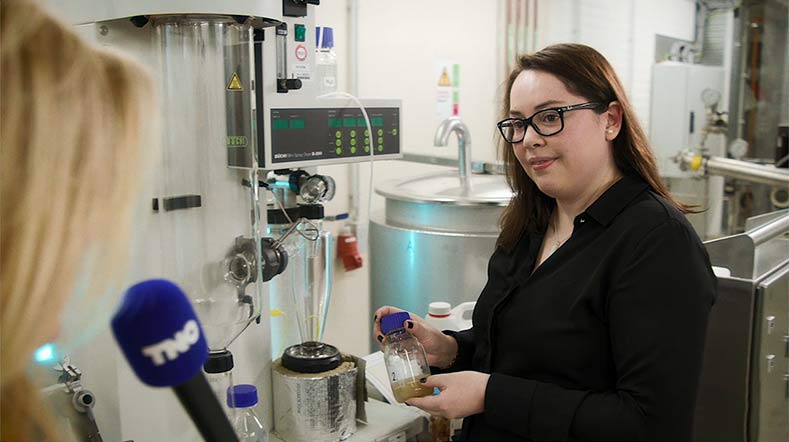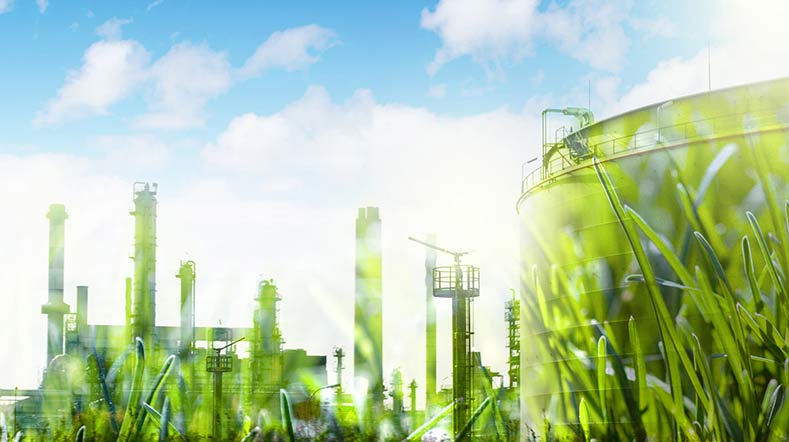Plasma technology: major step towards fully circular chemistry
Although plasma technology is many decades old, the optimisation of its traditional process can make it a key technology in making chemistry circular. As part of partnership Brightsite, TNO is collaborating with Brightlands Chemelot Campus, Maastricht University, and Sitech Services to convert the greenhouse gas methane into hydrogen and high-quality hydrocarbons. This keeps carbon in the value chain by turning it into useful semi-finished products instead of emitting it as CO2.

Effective solution
The large-scale commercial conversion of methane into hydrogen has been taking place for some time. But this process still emits CO2. Instead, the consortium aims to turn methane into hydrogen and high-quality hydrocarbons, thus making carbon circular by reusing it as a building block to produce plastics. This is a highly effective solution for a chemical industry that aspires to become more sustainable. But there are still some hurdles to overcome.
Demand for electrification
Focusing on plasma technology makes sense due to the growing demand for electrification in the chemical industry. In this sector, electricity should replace high-emission natural gas combustion processes. Plasma technology enables hydrogen to be made from methane CO2-free, while also producing valuable hydrocarbons. These hydrocarbons can then be used to produce sustainable raw materials. The required heating, for which natural gas combustion processes are currently being used, will occur using an electric plasma flame. Plasma is a fourth form of aggregation alongside solid, liquid, and gas. Lightning, the northern lights, and welding processes are examples of plasma.
Plasma pilot plant construction
The plasma technology developed at Brightsite has already been successfully tested in the lab. In 2025, construction of a plasma pilot plant is due to start. From 2030, the technology could be rolled out commercially. This will see chemical plants using sustainably generated electricity to convert methane on a large scale into raw materials for polymers and hydrogen, among other things, which can be used to produce fertiliser CO2-free. Methane will then mainly be available from electrified naphtha crackers, among others.
Making carbon circular
Plasma technology has the potential to play an important role in meeting climate goals. In the chemical industry, ammonia plants and naphtha crackers in particular are significant CO2 emitters. While carbon capture and storage (CCS) offers a solution here, TNO and its partners skip this step by keeping the carbon in the chain and preventing CO2 emissions from occurring in the first place.
Get inspired
New facility to develop circular plastics on an industrial scale


Time setters: Smart windows bring climate-neutral living a step closer


Smart windows make climate-neutral living more attainable


Time setters: From nuisance seaweed on the beaches to useful raw materials


Sustainably producing plastics from CO2: a reality from 2030


